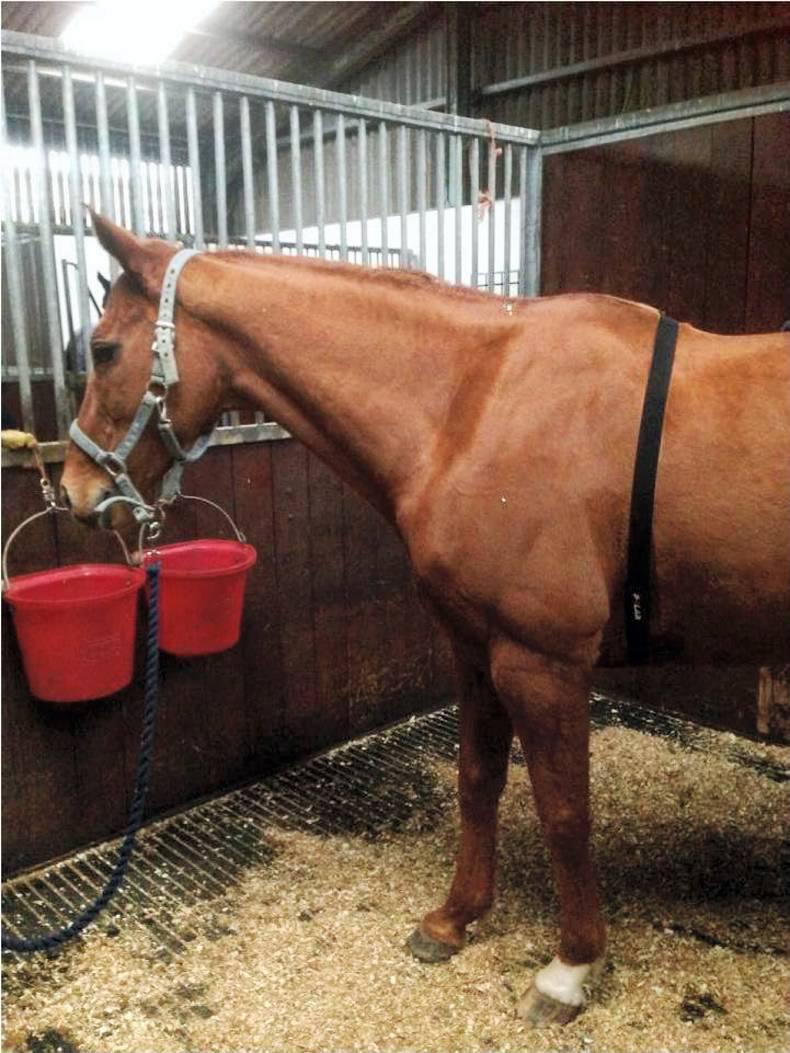FITNESS plays an important part in the management of horses, regardless of the discipline the horse is taking part in.
The horse must be fit enough to do its job, whether that be competing at a local show or racing over three miles and jumping 15 fences. The horse must be able to work without undue stress or risk of injury.
A healthy cardiovascular system (heart and lungs) is of the utmost importance during physical exercise, as it enables the horse to use the other body systems efficiently. How fast the horse's heart beats will be dependent on how hard the muscles are working. For this reason, increasing the horse's exercise and activity must be done gradually to allow the muscles, bones, tendons and cardiovascular system to adapt to the changes.
The goal of any basic fitness programme is to enhance the physical responses to exercise. This would include the horse gradually finding it easier to complete the work. He would sweat less and his muscles would not tire as easily as there would be less production of lactic acid.
For a training response to occur there must be some form of exercise load. This could come in the form of an increase in duration or intensity or both, but the horse must have adapted to the period of exercise before the level is increased.
HEART MONITORS
This is where heart rate monitors can assist in the training plan and be an aid to riders and trainers of all levels. Heart rate monitors are easily fixed under the girth and transmit to a watch worn by the rider. It can be used as a tool to ensure that the horse warms up correctly, does not over-exert himself during exercise and to monitor recovery times.

Heart rate monitors can be used to measure the horse’s exertion rates whilst undergoing exercise and can be used to monitor the recovery times after exercise as well as resting heart rates. By monitoring a horse’s heart rate the training regime can be adjusted when necessary to ensure that the horse is coping with the current level of training before increasing the intensity.
This can enable the trainer to make decisions and determine if the horse has taken the exercise well or indeed be alerted if there are any signs of illness or injury. Heart rate monitors can also be used to monitor stress levels in the horse when travelling or being introduced to new surroundings.
A recent study at CAFRE Enniskillen, used heart rate monitors to look at the heart rates of a group of racehorses who were trained using both a hill and flat gallop. Results from the study showed that, when training using the hill gallop, the horses all had higher heart rates which showed that they had to work harder when going uphill compared to the flat.
The study also showed that after four weeks of training, the horses had lower peak heart rates when using the hill gallop, an indicator of improved fitness, and showed that the hill gallop was more effective in achieving racehorse fitness as it improved strength and stamina alongside fitness.
When looking at the peak heart rates of the horses when trained on the flat gallop, they were lower than that of the peak heart rates when trained on the hill gallop and did not show a decrease over the four weeks, indicating that the flat gallop did not have as much of an effect on the horse’s fitness as the hill.
Rachel Annan is Equine Technologist at the College of Agriculture Food and Rural Enterprise, Enniskillen